After watching a Universe Today episode on the 2,200 exoplanets discovered by TESS so far, I took a bit of a dive into each of the satellites/scopes that have contributed to exoplanet discovery so far and those in the pipeline for future developments. Please find the links below. I’m enjoying the blog as being somewhere to organise research so if you’ve stumbled onto this page and don’t what’s going on, keep reading – all content is from sharper minds than my own – click on the links to see original text and source material.
Featured image is from http://phl.upr.edu/projects/habitable-exoplanets-catalog
Citizen science – TESS 100% relies on the public to use their own scopes higher resolution of a field to document a transit using software with websites to uploads results. You get credited on science papers Karen Collins email Jessie Christiansen CCD on the scope for collecting data.
TESS follow up observing program
Fraser Cain’s interview with Jessie Christiansen
TESS
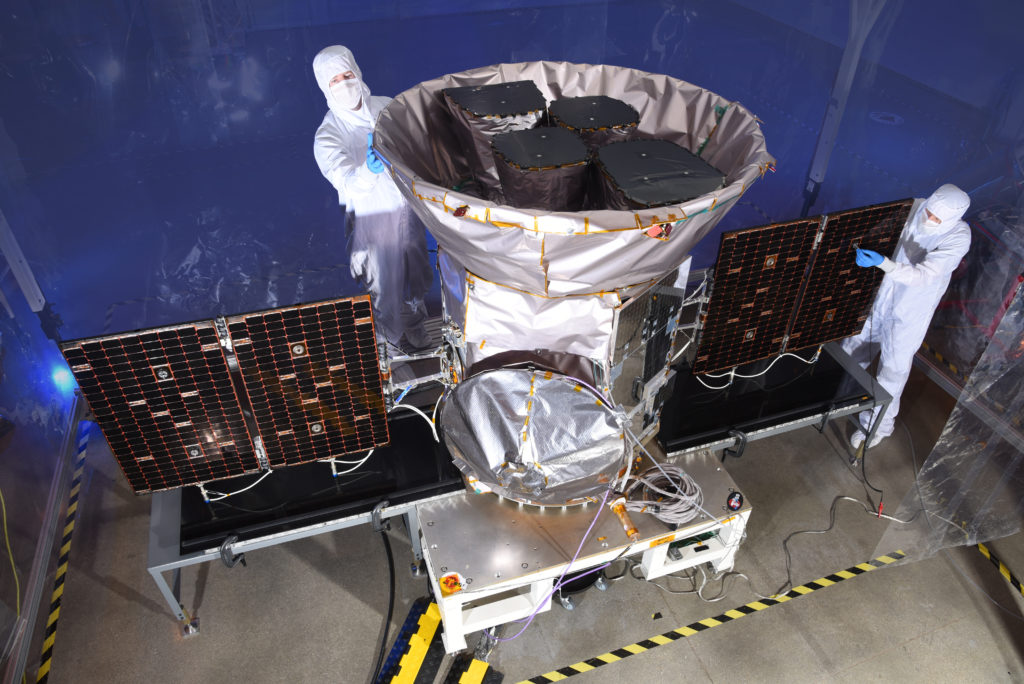
The transit method of detecting exoplanets looks for dips in the visible light of stars, and requires that planets cross in front of stars along our line of sight to them. Repetitive, periodic dips can reveal a planet or planets orbiting a star. Transit photometry, which looks at how much light an object puts out at any given time, can tell researchers a lot about a planet. Based on how much of a dip in light a planet causes in its star, we can determine that planet’s size. Looking at how long it takes a planet to orbit its star, scientists are able to determine the shape of the planet’s orbit and how long it takes the planet to circle its sun.
TESS will create a catalog of thousands of exoplanet candidates using this transit photometry method. After this list has been compiled, the TESS mission will conduct ground-based follow-up observations to confirm that the exoplanets candidates are true exoplanets and not false positives. These ground-based telescopes will collaborate with other ground-based telescopes to measure the masses of the planets. Using the known planet size, orbit and mass, TESS and ground-based follow-up will be able to determine the planets’ compositions. This will reveal whether the planets are rocky (like Earth), gas giants (like Jupiter) or something even more unusual. Additional follow-up with ground- and space-based missions, including NASA’s James Webb Space Telescope, will also allow astronomers to study the atmospheres of many of these planets. https://www.nasa.gov/content/about-tess
TESS DISCOVERIES – https://www.nasa.gov/tess-transiting-exoplanet-survey-satellite
KEPLER/K2
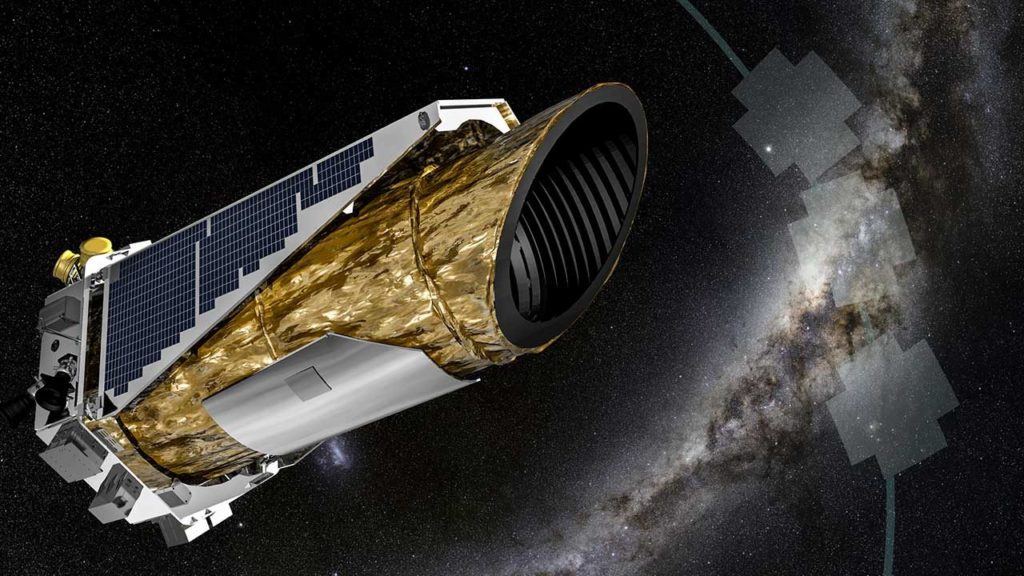
The scientific objective of the Kepler Mission is to explore the structure and diversity of planetary systems. This is achieved by surveying a large sample of stars to:
- Determine the percentage of terrestrial and larger planets that are in or near the habitable zone of a wide variety of stars
- Determine the distribution of sizes and shapes of the orbits of these planets
- Estimate how many planets there are in multiple-star systems
- Determine the variety of orbit sizes and planet reflectivities, sizes, masses and densities of short-period giant planets
- Identify additional members of each discovered planetary system using other techniques
- Determine the properties of those stars that harbor planetary systems.
For more information visit; https://www.nasa.gov/mission_pages/kepler/overview/index.html
KEPLER AND K2 DISCOVERIES AND UPDATES
JAMES WEBB
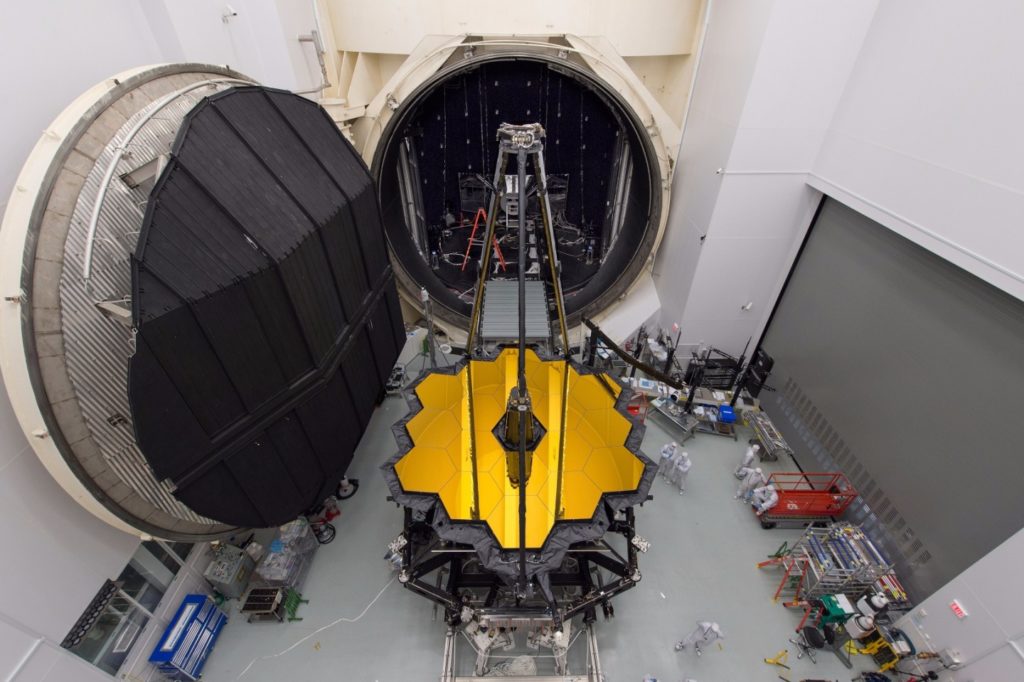
The James Webb Space Telescope (sometimes called JWST or Webb) will be a large infrared telescope with a 6.5-meter primary mirror. The telescope will be launched on an Ariane 5 rocket from French Guiana in 2021.
The Webb telescope will be the premier observatory of the next decade, serving thousands of astronomers worldwide. It will study every phase in the history of our Universe, ranging from the first luminous glows after the Big Bang, to the formation of solar systems capable of supporting life on planets like Earth, to the evolution of our own Solar System…. https://www.nasa.gov/mission_pages/webb/about/index.html
NASA’s Webb Will Seek Atmospheres around Potentially Habitable Exoplanets
Larger, gas giant exoplanets will also fall under Webb’s gaze
This month (as of Feb 6, 2020) marks the third anniversary of the discovery of a remarkable system of seven planets known as TRAPPIST-1. These seven rocky, Earth-size worlds orbit an ultra-cool star 39 light-years from Earth. Three of those planets are in the habitable zone, meaning they are at the right orbital distance to be warm enough for liquid water to exist on their surfaces. After its 2021 launch, NASA’s James Webb Space Telescope will observe those worlds with the goal of making the first detailed near-infrared study of the atmosphere of a habitable-zone planet.
To find signs of an atmosphere, astronomers will use a technique called transmission spectroscopy. They observe the host star while the planet is crossing the face of the star, known as a transit. The light of the star filters through the planet’s atmosphere, which absorbs some of the starlight and leaves telltale fingerprints in the star’s spectrum…. https://www.nasa.gov/feature/goddard/2020/nasa-s-webb-will-seek-atmospheres-around-potentially-habitable-exoplanets
THE FUTURE OF EXOPLANET HUNTING.
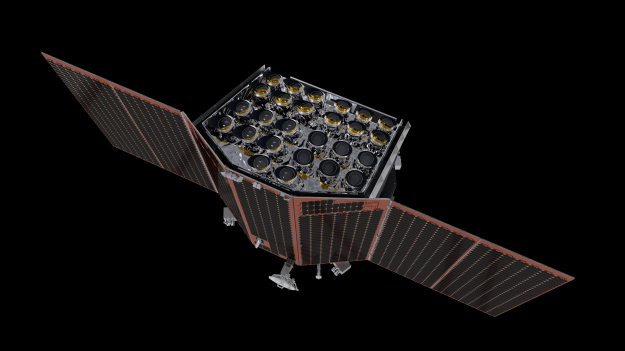
PLAnetary Transits and Oscillations of stars (PLATO) is the third medium-class mission in ESA’s Cosmic Vision programme. Its objective is to find and study a large number of extrasolar planetary systems, with emphasis on the properties of terrestrial planets in the habitable zone around solar-like stars. PLATO has also been designed to investigate seismic activity in stars, enabling the precise characterisation of the planet host star, including its age… https://sci.esa.int/web/plato
The Giant Magellan Telescope
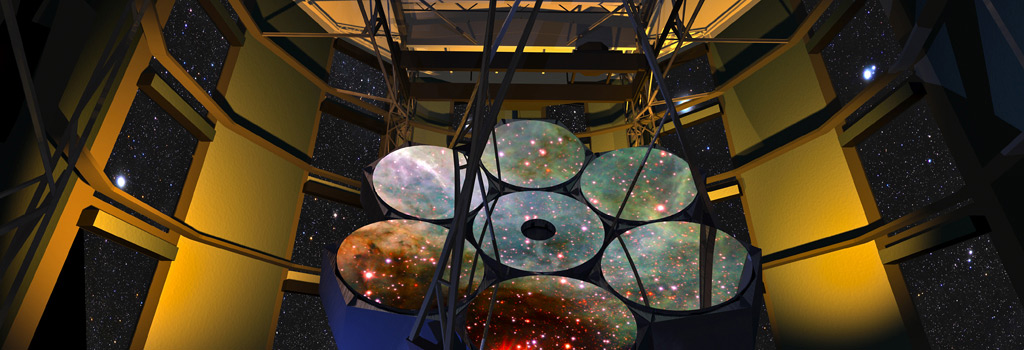
The Giant Magellan Telescope will be one member of the next generation of giant ground-based telescopes that promises to revolutionize our view and understanding of the universe. It will be constructed in the Las Campanas Observatory in Chile. Commissioning of the telescope is scheduled to begin in 2029.
The GMT has a unique design that offers several advantages. It is a segmented mirror telescope that employs seven of today’s largest stiff monolith mirrors as segments. Six off-axis 8.4 meter or 27-foot segments surround a central on-axis segment, forming a single optical surface 24.5 meters, or 80 feet, in diameter with a total collecting area of 368 square meters. The GMT will have a resolving power 10 times greater than the Hubble Space Telescope. The GMT project is the work of a distinguished international consortium of leading universities and science institutions. https://www.gmto.org/overview/
The ELT
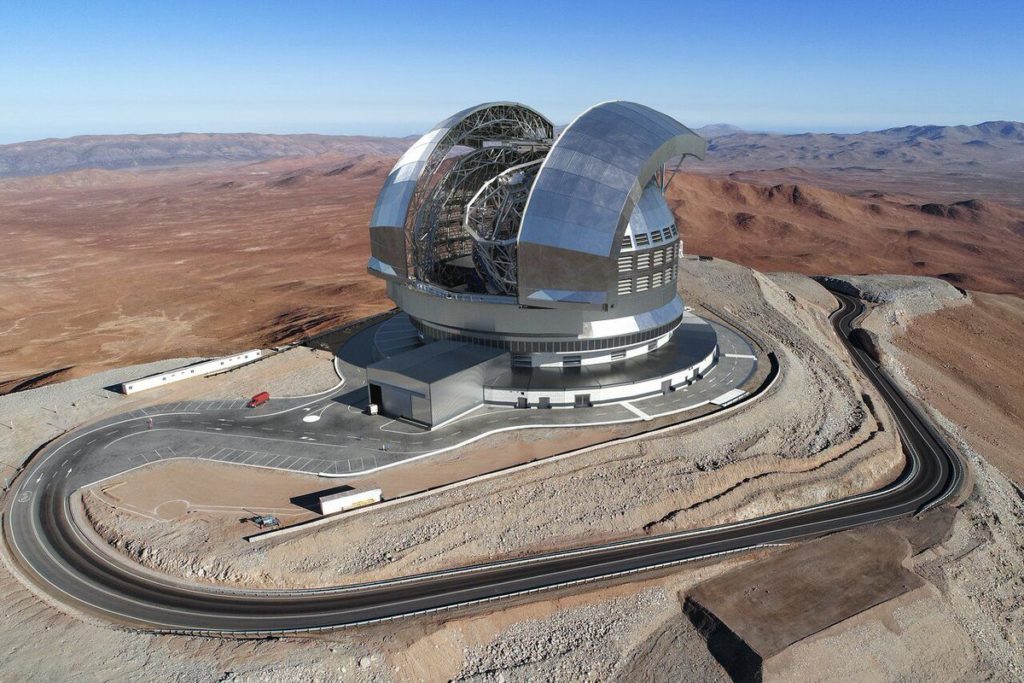
Since 2005 ESO has been working with its community and industry to develop an extremely large optical/infrared telescope. ESO’s Extremely Large Telescope, or ELT for short, is a revolutionary ground-based telescope that will have a 39-metre main mirror and will be the largest visible and infrared light telescope in the world: the world’s biggest eye on the sky. In addition to this unparalleled size, the ELT will be equipped with a lineup of cutting-edge instruments, designed to cover a wide range of scientific possibilities. The leap forwards with the ELT can lead to a paradigm shift in our perception of the Universe, much as Galileo’s telescope did 400 years ago.
The past decade has brought astronomical revelations that have excited people from all walks of life, from finding planets around Proxima Centauri, the nearest star to the Sun, to the first image of a black hole. In the next epoch of astronomy, with the ELT, we will go on to tackle some of the biggest scientific challenges of our time. The ELT will track down Earth-like planets around other stars, and could become the first telescope to find evidence of life outside of our Solar System. It will also probe the furthest reaches of the cosmos, revealing the properties of the very earliest galaxies and the nature of the dark Universe. On top of this, astronomers are also planning for the unexpected — new and unforeseeable questions that will surely arise, given the new capabilities of the ELT. https://elt.eso.org/about/
HABEX
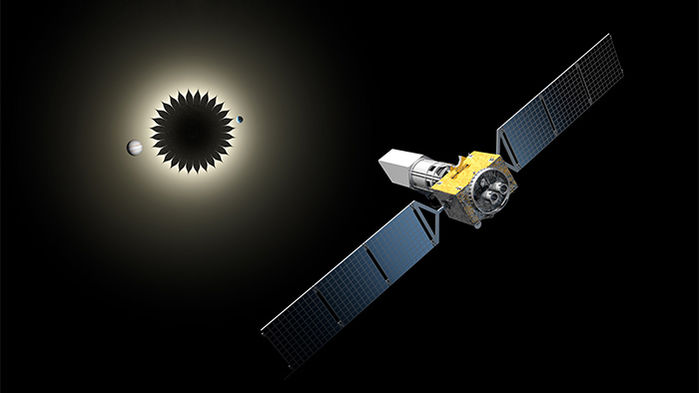
The Habitable Exoplanet Observatory (HabEx) is a concept for a mission to directly image planetary systems around Sun-like stars. HabEx will be sensitive to all types of planets; however its main goal is, for the first time, to directly image Earth-like exoplanets, and characterize their atmospheric content. By measuring the spectra of these planets, HabEx will search for signatures of habitability such as water, and be sensitive to gases in the atmosphere possibility indicative of biological activity, such as oxygen or ozone.
In addition to the search for life on Earth-like exoplanets, HabEx will enable a broad range of general astrophysics, from studying the earliest epochs of the history of the Universe, to understanding the life cycle and deaths of the most massive stars, which ultimately supply the elements that are needed to support life as we know it. These studies will be enabled by the same technology that will allow HabEx to study Earth-like planets: a large, stable telescope in space with unprecedented resolution that is sensitive to ultraviolet, optical, and near-infrared photons. Furthermore, the HabEx concept is particularly compelling, as it is ripe for development, being both technologically and scientifically implementable in the next decade. https://www.jpl.nasa.gov/habex/
LUVOIR

The Large UV/Optical/IR Surveyor (LUVOIR) is a concept for a highly capable, multi-wavelength space observatory with ambitious science goals. This mission would enable great leaps forward in a broad range of science, from the epoch of reionization, through galaxy formation and evolution, star and planet formation, to solar system remote sensing. LUVOIR also has the major goal of characterizing a wide range of exoplanets, including those that might be habitable – or even inhabited.
LUVOIR is one of four Decadal Survey Mission Concept Studies initiated in Jan 2016. The study extended over 3.5 years and was executed by the Goddard Space Flight Center, under the leadership of a Science and Technology Definition Team (STDT) drawn from the community. Further information can be found at www.luvoirtelescope.org. https://asd.gsfc.nasa.gov/luvoir/
GAIA – https://sci.esa.int/web/gaia measuring the position of stars astrometry – can discover planets aligning with data from TESS – able to discover giant planets by the pull of their gravity.

